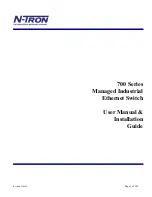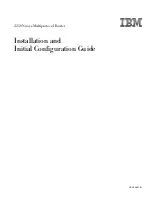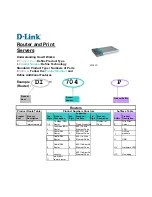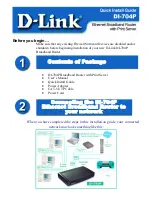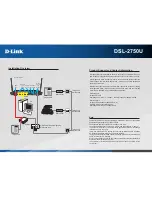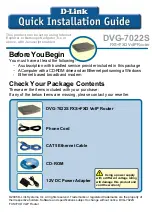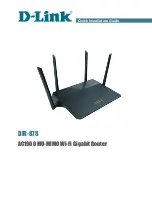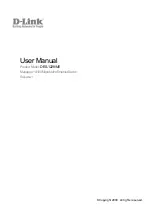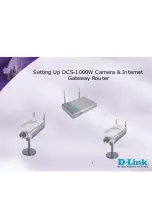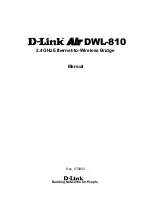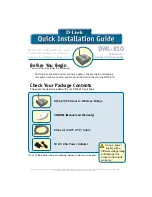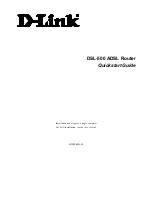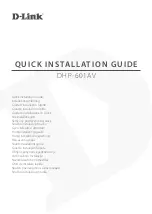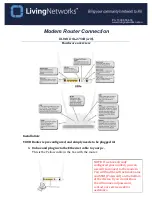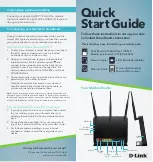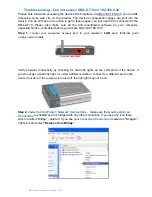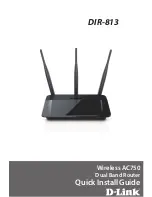
Xantrex C12 Charge/ Load / Lighting Controller Owner’s Manual
4
975-0130-01-01
auto-reset once the charging process increases the voltage above the
LVR setting, usually during the next day. No warning flash occurs
before the lights are turned off when NITE-LITE mode is selected.
Dusk-Dawn Operation
If the NITE-LITE-TIME knob is turned fully clockwise to the area
marked D-D, dawn to dusk operation will be selected. This allows the
lights to operate all night, turning on at dusk and off at dawn.
If the voltage falls below the LVD setting for more than 2 minutes, the
lights will be turned off to prevent damage to the battery. The LVD will
be reset once the charging process increases the voltage above the
LVR setting, usually during the next day. No warning flash will occur
before the lights are turned off when D-D mode is selected. In D-D
mode the run time is limited to a maximum of 20 hours.
Testing the Lights with the Reset Switch
Pressing the reset switch in NITE-LITE mode allows testing of the
lights. They will be turned on even if it is daytime or if the controller
has disconnected the lights due to a low voltage condition. This is
intended to allow easier troubleshooting of systems in the field.
Equalization Mode with NITE LITE Mode
Manual equalization is not available when operating the controller in
NITE-LITE mode. The reset switch is used to provide the test mode for
checking the operation of the lights. Automatic equalization is allowed
but can be disabled by removing the circuit board jumper.
LED Mode Indicator
A multi-color LED indicator is provided to indicate the operating status
of the C12. A color-coded label is included on the cover of the C12 to
explain LED operation.
Important:
The green and red color of the LED only indicates the
particular operating mode and the battery voltage level. It does not
indicate whether the charging source is functioning properly.
The LED indicator can display the following conditions:
•
Solid Green
—The battery has entered the FLOAT stage of the
charging process. The LED will remain solid into the night unless the
batteries drop below 12.6 volts. This allows the user to confirm that
the system reached FLOAT during the charging process when
checked at the end of the day. Reaching the FLOAT stage
frequently is a good indication of proper system operation and will
maximize battery life and performance.
•
Blinking Green
—
The battery voltage is above 12.6 volts. As
the battery voltage approaches the BULK setting, the LED will blink
green several times (up to 5) and then pause. This indicates that the
battery voltage is approaching the BULK voltage setting and
provides an indication that the battery is almost full.
•
Blinking Red
—The battery voltage is below 12.6 volts. As the
battery voltage approaches the Low Voltage Disconnect (LVD)
setting, the LED will blink red several times (up to 5) and then
pause. This provides an indication that the battery is almost empty.
•
Solid Red
—The battery has reached the Low Voltage Disconnect
(LVD) setting. If manual reconnect mode was selected, the loads will
be turned off momentarily (flashed) to warn the user that the battery
is empty after a 2-minute delay. The loads will then be disconnected
after an additional 5-minute delay unless the user reduces the loads
to a point that the battery voltage exceeds the LVD setting. If auto
reconnect mode was selected, the loads will be turned off after a 2-
minute delay without any warning flash.
•
Slow Blinking Orange
—The C12 has disconnected the loads
due to reaching the LVD setting. The user can press the reset switch
for a one time 10-minute “grace” period or can wait until the voltage
rises above the LVR setting to allow a manual or automatic reset to
occur. If manual reconnect was selected, the loads will not resume
operation until the reset switch has been pressed.
•
Fast Blinking Orange
—The C12 has detected a short circuit
and has disconnected the loads. The C12 will try to automatically
restart the loads after a 12-second delay. If the loads will not restart,
turn off all loads and press the reset switch. If the C12 then restarts,
the loads may be too large. Up to a 12 second delay may occur
before the C12 attempts to restart after pressing the reset switch.
•
Alternating Red and Green
—The C12 is in equalize mode.
It will automatically stop the equalization process after accumulating
two hours of operation at a voltage above the BULK setting. The
user can stop the equalization process at any time by pressing the
reset switch until the LED stops alternating red and green.
Batteries
Batteries come in different sizes, types, amp hours, voltages and
chemistries. There are nearly as many descriptions of exactly how
batteries should be charged, as there are people willing to offer
explanations. It is not possible here to discuss all aspects in detail.
However, here are some basic guidelines that will help in battery
selection and ensure that the batteries used are far better maintained
than the majority. The best source of the most appropriate settings for
the C12 will be from the manufacturer or supplier of the batteries.
Automotive Batteries
Automotive and truck batteries are designed for high cranking power,
but not deep cycling. Don't use them unless no other battery type is
available. They simply will not last long in a cycling application.
Maintenance-Free Batteries
This type of battery is often sold as a RV or marine battery, but is
rarely appropriate for use with a PV system. This battery typically has
an additional reserve of liquid electrolyte in each cell to minimize the
need to add electrolyte. This is not the same as a sealed battery.
Deep Cycle Batteries
This is the type of battery best suited for use with PV systems. They
are designed to have the majority of their capacity used before being
recharged. They are available in many sizes and types. The most
common type is the non-sealed liquid electrolyte battery.
Non-sealed types have battery caps. The caps should be removed
periodically to check the level of electrolyte. When a cell is low,
distilled water should be added
after the battery is fully charged
. If
the level is extremely low, add only enough distilled water to cover the
plates before recharging. The electrolyte volume increases during the









